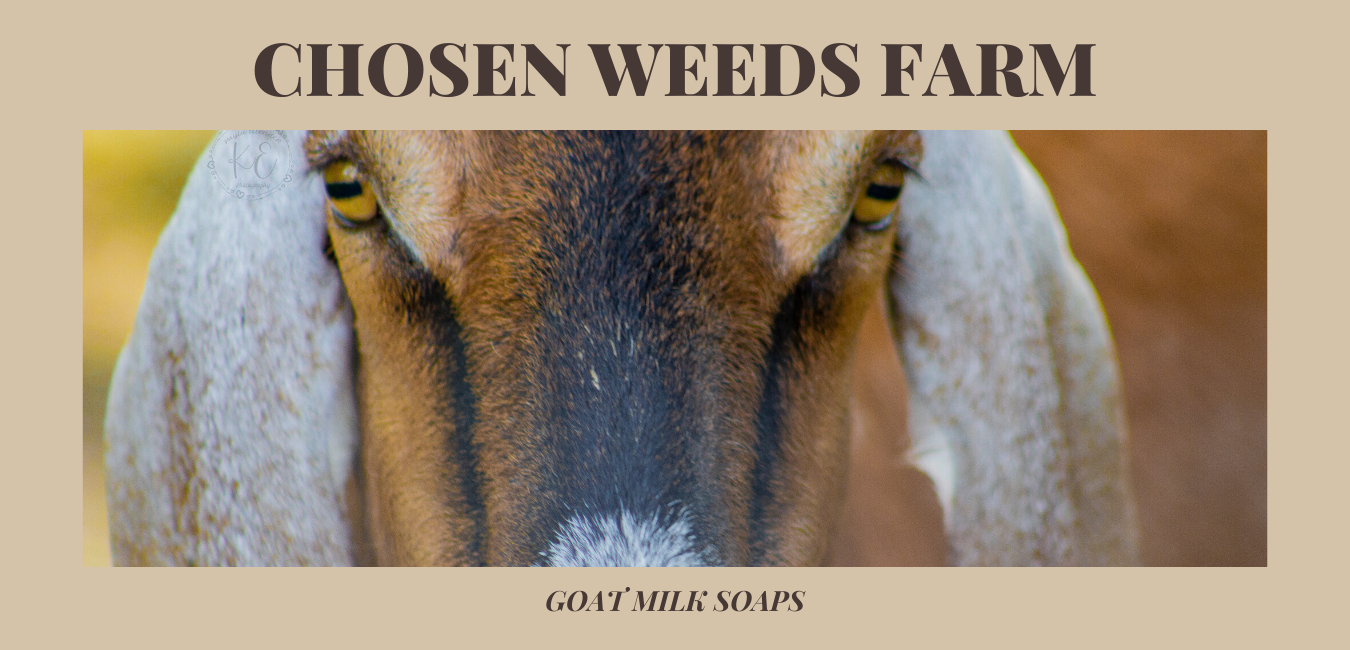
Big emotions are hard.
A couple of weekends ago I had taken the girls to ride the horses I leased for them.
Keegan, my youngest, had just gotten back from a week long trip to Disney with the band the day before.
I am sure that you can imagine how a teenage girl working on very little sleep is going to be.
Yup, we had a meltdown.
Her legs weren’t staying in the position she wanted them to stay, and she was frustrated that she ALWAYS had to work so hard on this.
Lots of tears.
It’s true, her legs when she rides, are her sticky point.
And, yes, it’s true she has to work extra hard on this, harder than her sister.
You and I both know what happens when we start comparing ourselves to our siblings.
I remember when I was younger, I HATED that my younger sisters (I’m the oldest) were more athletic and better at sports than me.
Anyhoo….This was a golden opportunity to help Keegan learn to process the big emotion of frustration.
- I recognized that her basic needs were not entirely met. She was tired, so OF COURSE any emotion she is having is going to be amplified. So I asked her if she was tired. Recognizing that some basic needs like hunger, thirst, sleep, etc. might need meeting will help you be more patient with your child. If you can, meet those needs first.
- Slow down and process the emotion: She was riding so I had her stop her horse and breath through the frustration. I don’t push her through it or tell her to suck it up. This frustration was really trying to tell her that she was tired and probably needed a nap. That moment wasn’t the time for a nap, so I taught her to calm her nervous system with her breath. She took all the time she needed. Several times I asked her if she was ready and she said no, so I waited for her to tell me she was ready. This is teaching her to be with herself through these feelings and not run away from them or stuff them down.
- Name the emotion: Giving the feeling/emotion a name helps to defuse it and it will loosen its hold. It will also help her recognize what she needs in the moment.
- Recognize thoughts: I know that our thoughts create emotions/feelings, but sometimes it’s hard for kids, and adults, to see the thoughts that they are having. It feels like the feelings are automatic, but thoughts always come first. In this case, she wasn’t sure what she was thinking, so I helped to her out. It was something like, “I shouldn’t have to work so hard at this.” Anytime we tell ourselves we “shouldn’t,” we create frustration for ourselves.
- Come up with a thought that creates a different emotion therefore a different action equaling a different result: This one can be hard, especially for kids. I identified with her, and told her that it was hard for me as well. It seems like I have to work harder at some things when it seems to came so naturally for others. “I can do this,” is a simple thought that helps create a different result. This helped her come up with a solution that she would change from the big area to the round-pen (its smaller) and that she will have one more round with her legs in the right place and call it a day. I did help her with this solution, and you may need to help your kids too, especially if they are younger. You can give a couple of different options, if needed, and let them choose.
Coaching has given me the tools to be able to process my emotions, so that I am better able to show up for my kids and help them through theirs.
I want to raise strong, emotionally resilient kids so that they can show up in this crazy world as the best version of themselves.
To do that, I HAVE to be able to process my own emotions.
This is the same process I use for myself and with my clients.
I can teach it to you as well.
